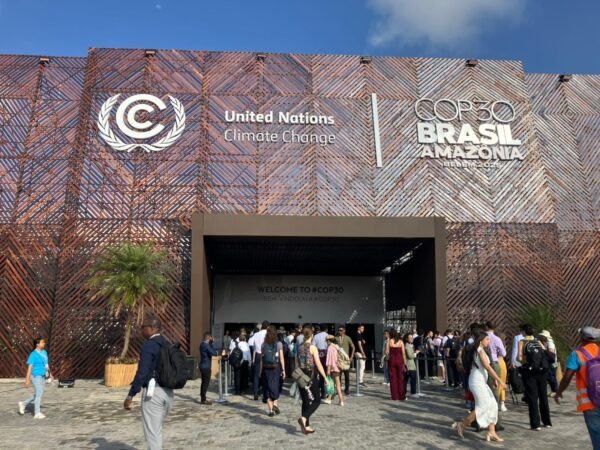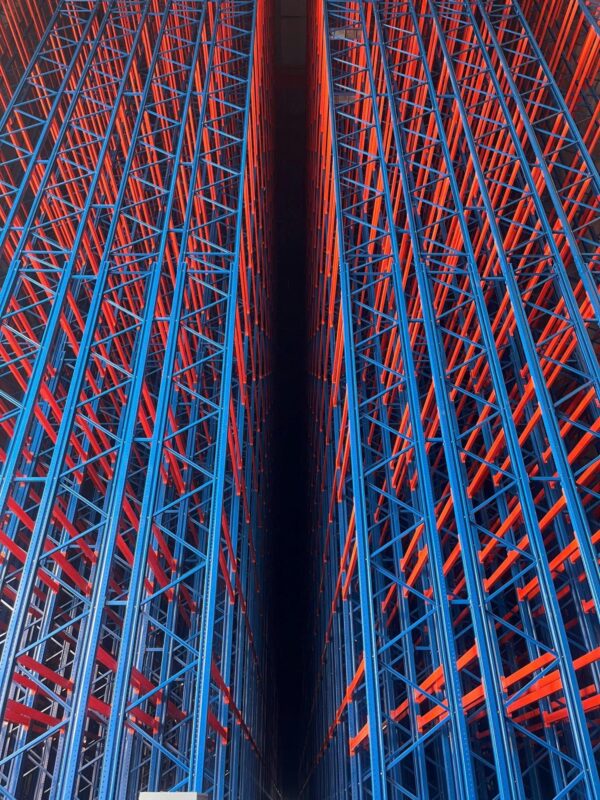Real zero is within reach: EU road freight can eliminate fossil fuels by 2040; global steel and shipping by 2050
New research from Climate Analytics shows that major emitting sectors can fully eliminate fossil fuel use and reach real zero on tight timelines.
Share

New research from Climate Analytics shows that major emitting sectors can fully eliminate fossil fuel use and reach real zero on tight timelines. EU road freight could reach real zero by 2040 with other regions not far behind, while, global steel and shipping could reach real zero by 2050.
“Real zero” means completely eliminating fossil fuels by replacing them with zero-carbon alternatives, rather than compensating for them with offsets, carbon dioxide removal or carbon capture and storage.
“Net zero is not the same as zero. To keep 1.5°C in reach, we must drive as many sectors as possible to real zero before mid-century,” said Bill Hare, CEO of Climate Analytics. “That reduces over-reliance on negative emissions and delivers durable decarbonisation.”
“We need to ensure removals are used to bring temperatures back down, not compensate for continued fossil fuel use,” he said.
The report, Real zero: delivering a fossil free future, explores the technical feasibility of real zero in key sectors of the economy – trucks, steel, shipping, power and light-duty vehicles – and assesses when each sector could fully eliminate fossil fuels, and the key technologies and measures needed to do so.
“The transition to real zero is not a distant aspiration, but an immediate and tangible possibility. The viability of real zero is only growing over time as zero-carbon technologies rapidly advance and mature, and their costs fall,” said Michael Petroni, author and Climate and Energy Policy Analyst at Climate Analytics.
“Trucking stands out as a sector that can act fast. Europe’s road freight sector could reach real zero as early as 2040. Battery electric trucks in Europe should meet cost parity on total cost of ownership with diesel trucks next year, and by 2030 will be 15-20% cheaper. Beyond 2030, the EU’s new emissions trading system (ETS2) will make a business-as-usual approach 20% more expensive than electrifying early,” Petroni said.
A further report, Real zero: an opportunity, not a cost, uses three case studies to examine the economic feasibility of real zero. The report looks in-depth at the transition to battery electric trucks in Europe, green steel in Japan and green fertiliser in India, and compares it to alternatives such as business-as-usual, or approaches which rely heavily on carbon capture and storage or carbon dioxide removal to enable continued fossil fuel usage.
The report finds companies that embrace real zero will position themselves at the forefront of the emerging green economy. Meanwhile, those that continue to rely on carbon dioxide removal or carbon capture and storage risk being competitively disadvantaged as zero-carbon alternatives become increasingly cost-effective.
“Real zero steelmaking in Japan in the 2030s is a viable, realistic option that directly reduces emissions and doesn’t require offsetting. Our analysis shows secondary steel made from renewables-powered electric arc furnaces is already cost-competitive compared to fossil fuel powered options, and primary steel isn’t that far behind,” says author Danial Riaz, Senior Energy and Climate Policy Analyst at Climate Analytics.
“Similarly, greening the production of fertiliser in India by switching out ammonia made from LNG to ammonia made from green hydrogen cuts emissions at source, decouples risks from global gas prices, reduces import dependence – all with negligible pass-through to food prices,” Riaz said.











